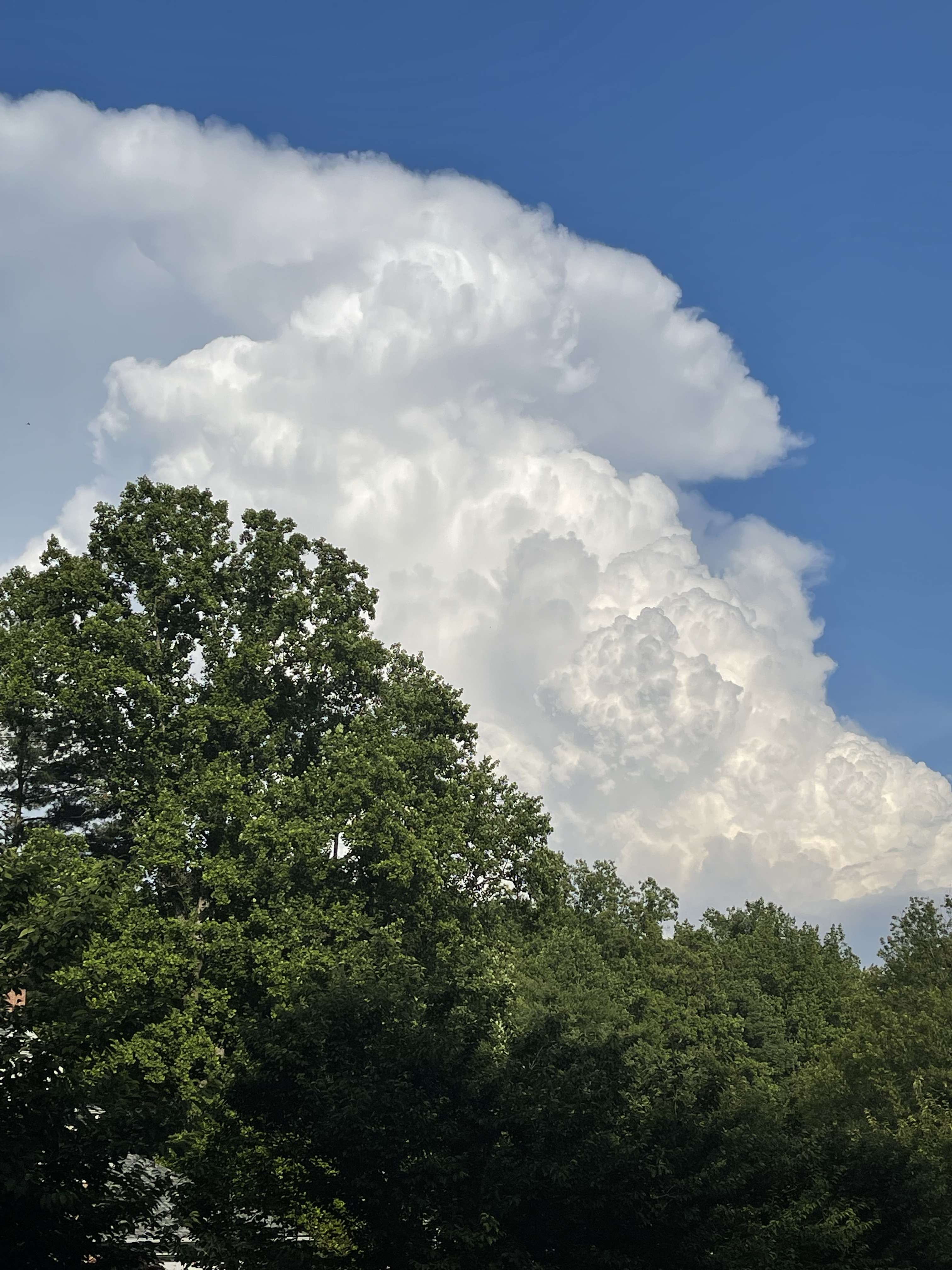-
Posts
44512 -
Joined
-
Last visited
-
Days Won
262
Posts posted by Phil
-
-
How can I be the person who posted if I said "interesting post from an east coaster"
I'm currently employed as a forecaster.
Weird, that first sentence didn't show up on my safari browser before I quoted the post. I see it now, though.
-
Haha, right after I bring it up, the 18z GFS decides to juice up the stratPV and couple it w/ the tropospheric NAM following the secession of the cyclonic breaking out of the NPAC.
Result is a blowtorch. Hopefully just a blip.
-
Interesting post from an east coaster about the upcoming winter:
My analog package for this winter (also posted on twitter) included:
2008-09
1961-62
2005-06
1983-84
1959-60
My top two years were 2008-09 and 1961-62, so they were weighted double. I looked for a Weak Modoki La nina, +QBO, Low solar and -PDO. It was impossible to find any given year which met all the criteria but a WB nina was a characteristic of all the above years as I felt that this was most important. 3/5 years had a +QBO and 3/5 had a weak +PDO while the overall mean had a -PDO due to the weighting. Overall, I believe that the weak -NAO depiction is incorrect in the DJF composite. Im thinking that the NAO averages +ve in the DJF mean given the +QBO/low solar. The +QBO is unfavourable and the QBO/Solar combination are also unfavourable for a SSW/-NAM given the Holtan-Tan effect and its implications.
DJF Surface temperature anomaly mean
Northern Hemispheric z500 heights
Precip
The mean ridge positioning shifts east from December to January which seems to be supported by typical jet changes and the fact that the la nina will be weakening throughout the DJF period.
DEC
JAN
Wait, are you @blizzardof96 (Severe Weather Blog) on Twitter? If so, aren't you a student at the University of Western Ontario?
-
I've spent the morning analyzing the NAM state from 10mb to 1000mb over the last few months, and I have to say, the current situation is quite peculiar for a -ENSO/+QBO year.
Polar cap heights have been well above average since March, and though it's early, the PV looks to begin the cold season weaker than it has ever been for mid-October in a Niña/+QBO (during the satellite era), except for maybe 2009 which was a Niño/-QBO (hence weak early-winter PV is expected in that case).
Looking back, I can only find a few years with even remotely similar stratospheric profiles under similar ENSO/QBO background states. One of these years is 1959/60, but this was a cold neutral/high solar year. There are a few other years, like 2010/11, that hold some similarity at/below 40mb, but nothing like 2016/17 so far.
-
Looks like DCA gusted to 42mph. So far I've got 27mph through the trees.
Dewpoints dropping into the upper 30s and low 40s, perfect for a midday jog. I love downsloping days.

-
Currently 57.7/49 early this morning with a light drizzle falling intermittently. Can hear the breeze outside from in our bedroom.
Probably hitting 30-35mph out of the north, but unfortunately my anemometer is blocked by pine trees from that direction, so the peak gust is only 20mph so far.
-
Its the way the coastline curves inland. That little stretch of GA coast hardly ever sees direct hurricane effects. I might be mistaken, but I think Hugo in '89 was the last time the Savannah area saw hurricane damage.
What's funny is, contrary to popular belief, the reason the coast is shaped like that is because of hurricanes tracking both through and just south of that area. Geologically speaking, it's been a very active hurricane zone, probably the most active of any region.
This was especially true during the ice age years, but it's still a mere fluke they've lucked out over the last century. During the 1890s alone, four hurricanes affected the region.
-
Saint Simons didn't fare to well, unfortunately. It looks as if most of the ancient Live Oaks were taken out. Very depressing, but thank hid the surge hit during low tide.
-
Tweet from @joebastadi "west will continue dry and warm under influence of blob. East coast ice box starting in November."
Unbelievable.

-
Brutal cutoff w/ the rain this evening. Picked up just 0.13".
Waiting for the pressure surge/corresponding N/NW breezes, first offshore gradient wind event of the cool season. Looking at maybe 30-35mph.
-
I haven't watched them in years, but they definitely used to be East coast biased. I used to hate Kristina Abernathy because she would stand on the left side of the screen with her head blocking Portland. She clearly didn't care about us.
Oh, I thought we were discussing their winter forecasts.
I have no idea what they're like on TV, since Fios doesn't offer TWC anymore. I kinda miss the local on the 8s. It was recently playing at my doctor's office and I felt a wave of nostalgia come over me when I heard the voice, lol.
-
They are also all east coast biased
I don't think the wxchannel folks are east coast biased. Maybe somewhat warm biased overall? WxBell on the other hand, lol.
-
The 60s weren't really great here overall, but they did have their moments. A lot of blockiness though. A blend of the 50s and 60s could be really interesting. Maybe we would have to go further back to find a really good match.
To me it looks like a blend between the 1960s background state and the 1980s background state.
-
Go gives a crap about Trump? There's a thread for that.
-
Wow! No doubt things seem to be on an exciting path right now. Maybe that ugly multi year Nino finally kicked things in the arse a little bit. Another thing I noticed is the CFS (FWIW) shows Siberia not torching this winter for the first time in recent memory. Something has changed.
"Changed" is possibly an understatement. This regime looks straight out of the 1960s playbook to me, minus the broad Hadley Cells.
-
What's one thing the last several winters had in common?
A raging, unabating, vertically stacked PV and flat NPAC anticyclones. As of now, it doesn't look like we're heading that way this year.
-
Significantly weaker than average zonal wind integral from 1000mb to 10mb is forecasted to continue through at least the next two weeks, across the entire NH. Should this persist into winter, very good things will happen.
The PV is now officially the weakest ever recorded during October in a -ENSO/+QBO year. Can't say I expected this.
-
Never in a million years would I have thought I'd be voting for Hillary Clinton in a presidential election. She's been my least favorite politician for awhile now.
I'll have to douse myself with oxyclean afterwards, but there's really no viable, electable alternative to Trump.
-
New Euro monthlies come out in 12hrs!
-
 1
1
-
-
Wow, the 00Z GFS is a huge outlier in the long range. That ridge is off by itself.
I wouldn't say "huge" outlier. The 00z ensemble mean has it too, at least at 500mb, but it looks transient.
The continued massive downstream blocking is certainly very intriguing, as well. Ridging over the pole, to Alaska, all the way to Greenland.
-
500MB acrobatics?
216 hours:
http://mag.ncep.noaa.gov/data/gfs/00/namer/500_vort_ht/gfs_namer_216_500_vort_ht.gif
288 hours:
http://mag.ncep.noaa.gov/data/gfs/00/namer/500_vort_ht/gfs_namer_288_500_vort_ht.gif
That's one heck of a cyclonic wave-break over the NPAC. The last several EPS runs have also been hinting at it, FWIW.
-
Why do you love our weather so much?
I love all weather equally. You know, diversity and what not.
-
 1
1
-
-
Ok I get it. Are you Mark Nelsen? You live on the east coast, you love the northwest, have done things only a northwesterner had done, maybe you're Mark, maybe not, are you High Desert Mat??
I'm your doppelgänger, actually.
-
I'm finding some very interesting correlations between the October NAM and subsequent winters during -ENSO. Will follow up later, but this could be a top-5 -NAM October.
-
 1
1
-








October 2016 Observations and Model Discussion for the Pacific Northwest
in West of the Rockies
Posted
New Euro monthlies are a block party.
December: Huge -NAO and -EPO blocks...they actually form a "ridge bridge" across the entire Arctic domain. Looks like a December version of October 2009, probably even more extreme, if anything.
January: Crazy -NAO continues, however we lose the EPO, looks like a neutral EPO/PNA..not much of a signal either way in the western US.
February: More classic Niña (-PNA/+EPO) overall, however that big -NAO continues unrelenting. Trough centered in the west.
Talk about a crazy pattern.